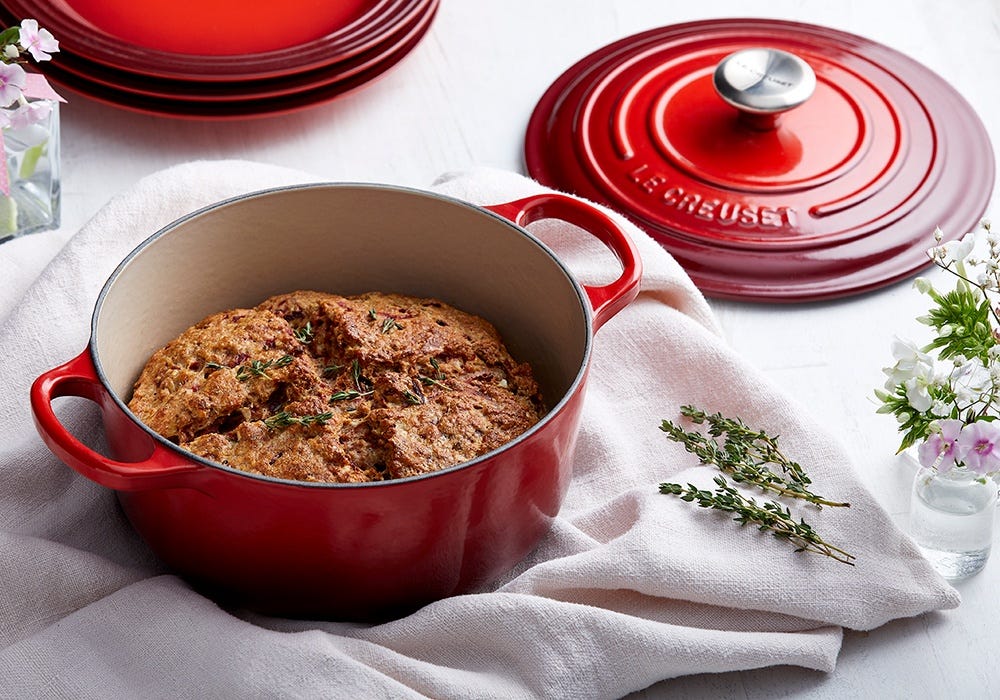Cooking with a cast iron braiser can be a delightful experience for both novice cooks and experienced chefs. These versatile kitchen tools offer a wide range of cooking techniques that can elevate your culinary creations. Whether you’re searing, simmering, or slow-cooking, understanding the techniques involved in using a cast iron braiser can make a significant difference in your dishes.

Introduction to Cast Iron Braiser
A cast iron braiser is a shallow, heavy-duty pan with a tight-fitting lid. It is perfect for braising, which involves cooking food slowly in a small amount of liquid. This method allows flavors to meld together beautifully. But that’s not alla cast iron braiser can be used for searing, baking, and even frying.
Why Choose a Cast Iron Braiser?
Cast iron braisers are beloved for their ability to distribute heat evenly, ensuring consistent cooking results. They are also incredibly durable and can last for generations with proper care. Additionally, they can be transferred from stovetop to oven seamlessly, adding to their versatility.
Essential Techniques for Cast Iron Braiser Cooking
1. Searing
Searing meats in a cast iron braiser creates a flavorful crust. Preheat your braiser on medium-high heat before adding oil. Once the oil shimmers, place the meat in the braiser. Avoid overcrowding to ensure a proper sear.
2. Braising
Braising involves cooking food slowly in a small amount of liquid. After searing your meat, add aromatics like onions and garlic, followed by a liquid such as broth or wine. Cover the braiser and allow it to cook at a low temperature until the meat is tender.
3. Simmering
Simmering is perfect for soups and stews. Bring your ingredients to a boil, then reduce the heat to low and cover the braiser. This gentle cooking method helps develop rich flavors.
4. Baking
Yes, you can bake in a cast iron braiser! From bread to casseroles, the even heat distribution ensures your baked goods come out perfectly. Preheat the braiser in the oven before using it to achieve the best results.
Maintenance Tips for Cast Iron Braisers
Proper maintenance is crucial for the longevity of your cast iron braiser. Always clean it thoroughly after use and dry it completely to prevent rust. Regularly season your braiser with a thin layer of oil to maintain its non-stick properties. For more on seasoning cast iron, check out this guide.
Common Mistakes to Avoid
1. Using High Heat
Avoid using high heat as it can damage the seasoning and cause food to stick. Medium to low heat is usually sufficient for most cooking techniques.
2. Scratching the Surface
Always use wooden or silicone utensils to prevent scratching the surface of your cast iron braiser.

Frequently Asked Questions
1. Can I use a cast iron braiser on an induction cooktop?
Yes, most cast iron braisers work well on induction cooktops. Ensure your braiser is induction compatible. Learn how to check for compatibility here.
2. How do I prevent food from sticking?
Proper seasoning and preheating can prevent food from sticking. Ensure your braiser is well-seasoned, and add oil before cooking.
3. How often should I season my cast iron braiser?
It’s recommended to season your braiser every few months, or more frequently if used regularly. This maintains its non-stick properties and prevents rust.
For more recipes and tips on using a braiser, visit Le Creuset Blog.
By mastering these cast iron braiser cooking techniques, you’ll be able to create delicious and flavorful meals with ease. Embrace the versatility and durability of your cast iron braiser and enjoy the culinary journey it offers.
This article contains affiliate links. We may earn a commission at no extra cost to you.

